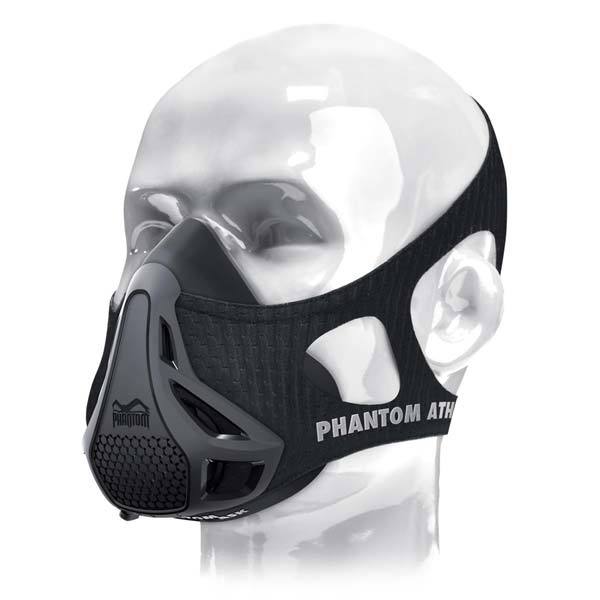AsAltitude training is basically the attempt to achieve a training effect through natural or simulated sea level.
How does altitude training work?
When training at altitude, athletes try to get the body to adapt by living or training in extreme situations (altitude). When training at altitude, individual stimuli are not sufficient. Only with repeated stress stimuli does the body begin to adapt in the long term (Fuchs & Reiß, 1990). In order to trigger such adaptations, stimuli of sufficient duration and strength are also necessary. The aim of this procedure is to achieve an increase in performance and then transfer this to competition and normal altitude levels.
Changed environment
The stimuli that force the body to adapt at altitude are primarily the changed oxygen partial and air pressure, which continues to fall exponentially with increasing altitude (de Marees, 2003). The oxygen content in this air always remains the same at 20.93%. But due to the reduced air pressure, there are fewer gas molecules in a unit volume of air. Therefore, the oxygen partial pressure falls in proportion to the air pressure. For example, at an altitude of 5000m we only have 50% oxygen partial pressure.
Adjustment
In order to counteract an undersupply of oxygen, the body begins to increase the respiratory minute volume and an increase in the cardiac output in the event of an acute undersupply (hypoxia) in order to supply all important areas with oxygen-rich blood. For the athlete, this means increased breathing activity to ensure sufficient oxygen saturation. Additionally, there is a thickening in the blood to move more erythrocytes (red blood cells) per heartbeat (de Marees, 2003).
But the actual desired effect of altitude training is an increase in the production of red blood cells in order to be able to bind more oxygen in the blood. This is how the desired increase in the production of erythrocytes (red blood cells) occurs when you stay at altitude over several weeks, reaching a final value after 4-6 weeks (de Marees, 2003). Another positive side effect is that the working muscles get used to the reduced oxygen requirement and learn to deal with it.
How does altitude training affect the athlete?
The actual effect of altitude training is that the difficult conditions and training at altitude lead to a higher level of function, which one tries to transfer to normal conditions. However, altitude training is also often used to acclimatize when a competition is to take place at high altitudes (e.g. Mexico City - 2310 m above sea level) (Fuchs, 1995). But outside of acclimatization, long-distance endurance sports primarily involve altitude training (Levine / Stray-Gundersen, 1997). Due to the body's physiological adaptations, a significant increase in performance can be observed in these sports if the altitude training is carried out properly and professionally. The aerobic energy supply improves through improved muscle work and increased oxygen transport and there is improved blood circulation in the muscle tissue (Fuchs & Reiß, 1990). But for high-intensity sports such as martial arts, various sports games (handball, football, etc.) or parts of athletics such as the 100 m sprint, the disadvantages tend to outweigh the disadvantages. The increased hematocrit values in the blood lead to increased viscosity (viscosity), which results in increased cardiac work and poorer supply to the small blood vessels. Therefore, altitude training is not recommended for high-intensity exercise, unless to acclimatize to a competitive sport (de Marees, 2003).
Benefits of Altitude Training:
-
+ Increase in oxygen capacity of the blood
-
+ Improve blood circulation in the muscle
-
+ Improvement of aerobic energy supply in the muscle
-
+ suitable for endurance athletes
-
+improved performance at normal level
Disadvantages of altitude training:
-
– increased blood viscosity (viscosity)
-
- This increases the workload for the heart muscle
-
– and the resulting decrease in cardiac output (liters pumped into the body by the heart per minute)
-
– very expensive and time-consuming
-
– Medical supervision necessary
-
– almost impossible for “non-professionals”.
Why does the Phantom training mask not offer altitude training?
The question is often asked whether the Phantom training mask has the same effect on training or your body as altitude training, or whether it simulates “altitude training”. But we have to answer this question again and again. This is a kind of “urban myth”.
Contact
Do you have any questions about the Phantom training mask? You can contact us at any time here:
–> we are happy to help!









